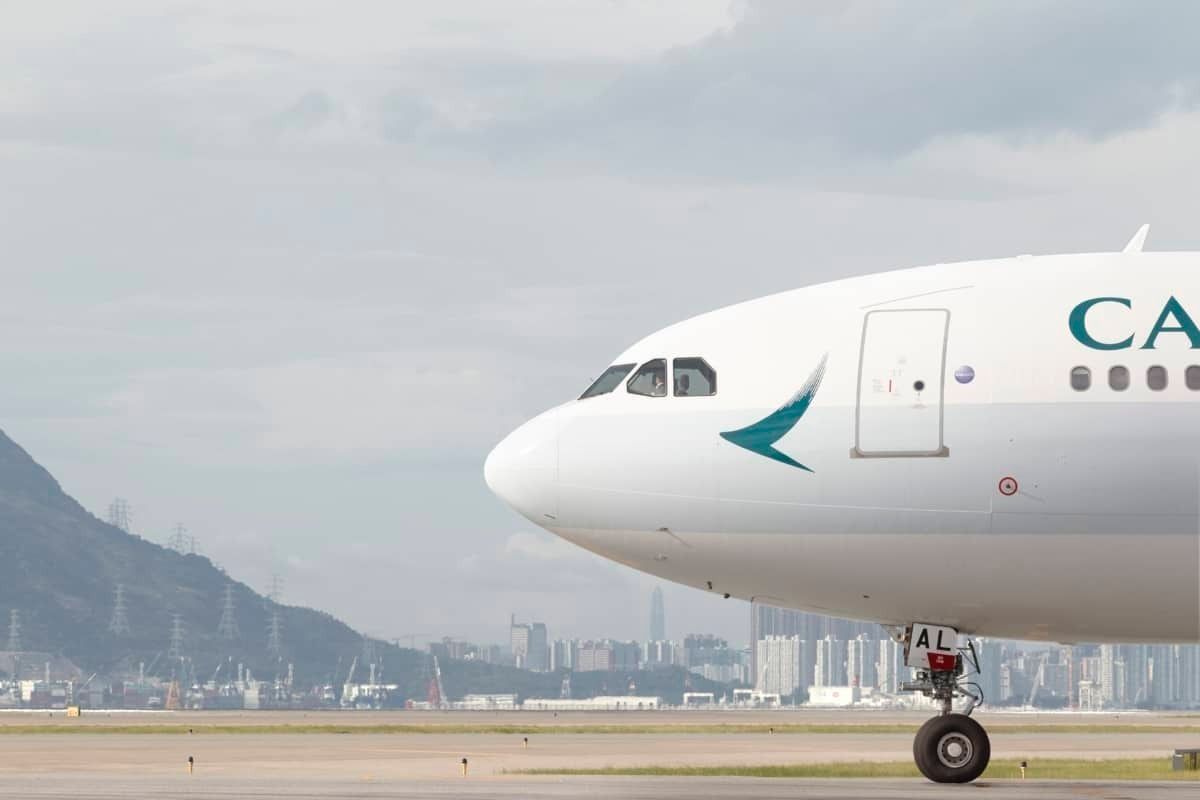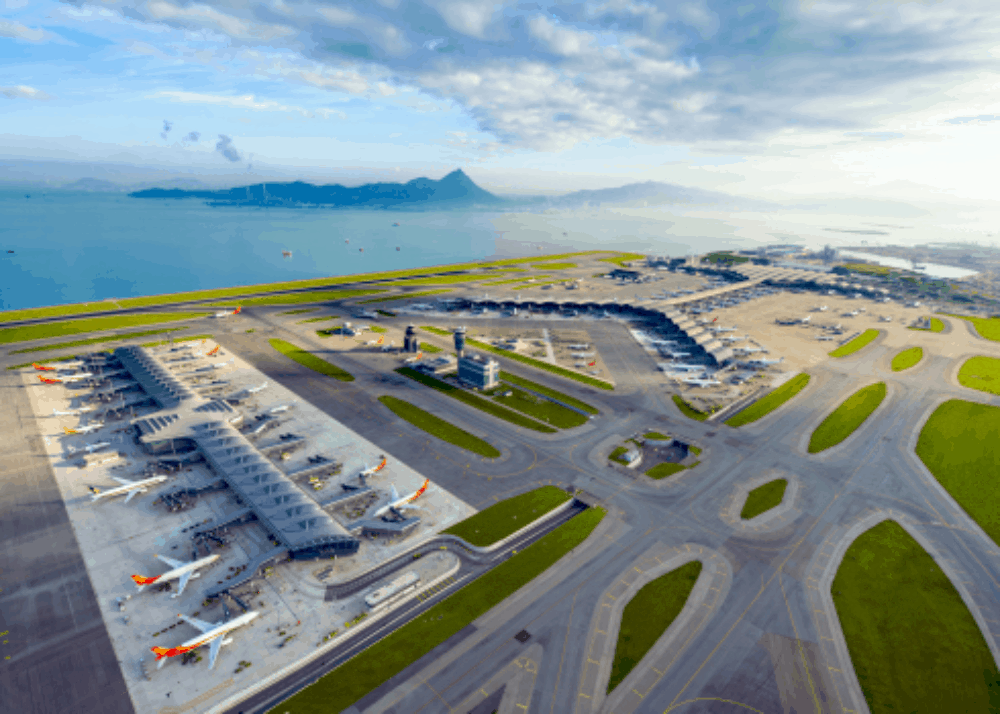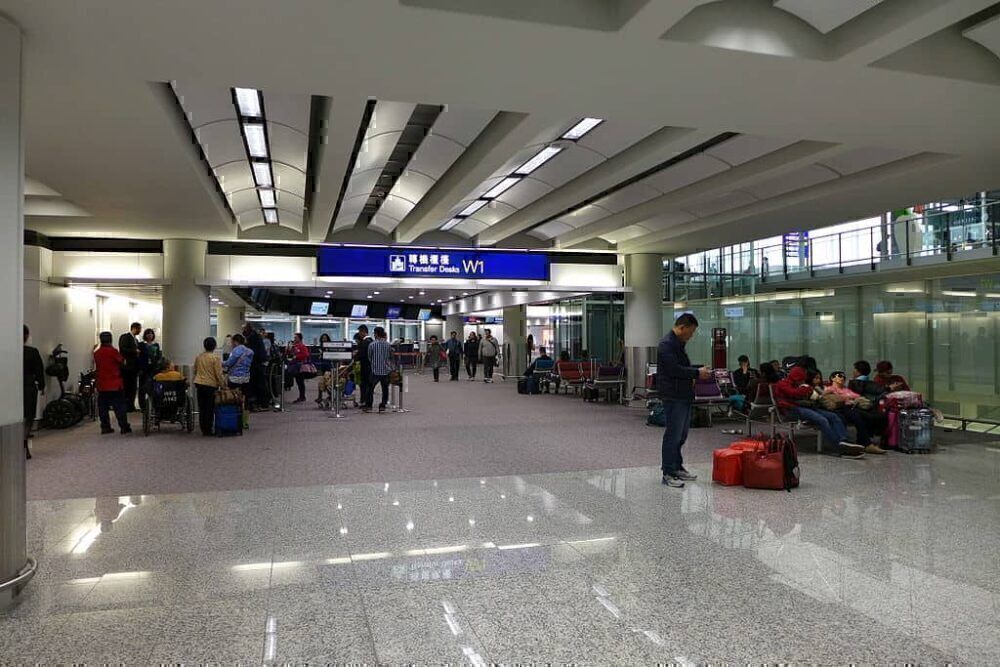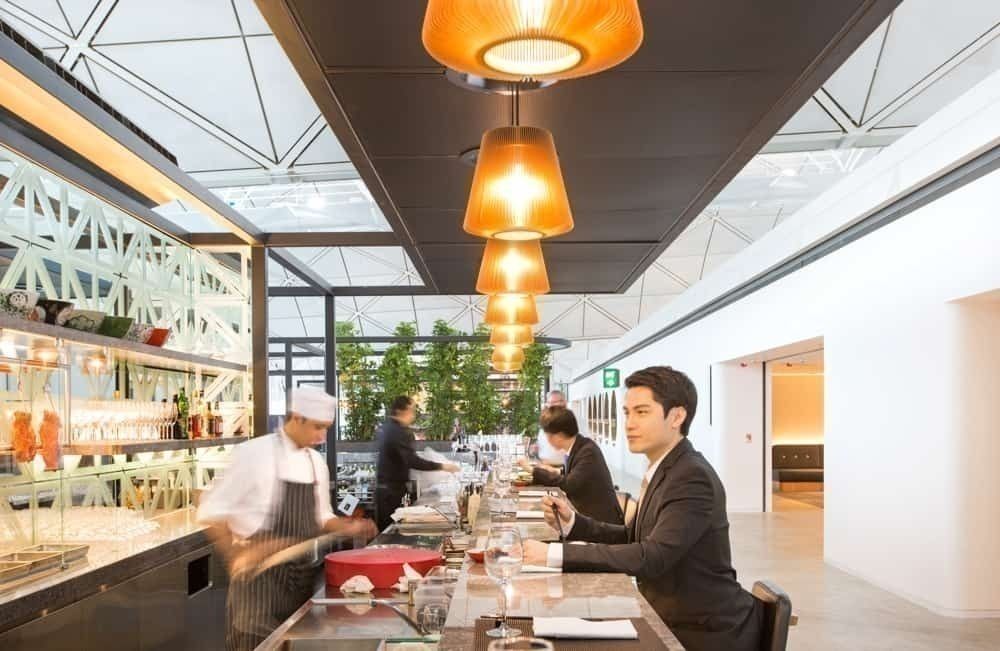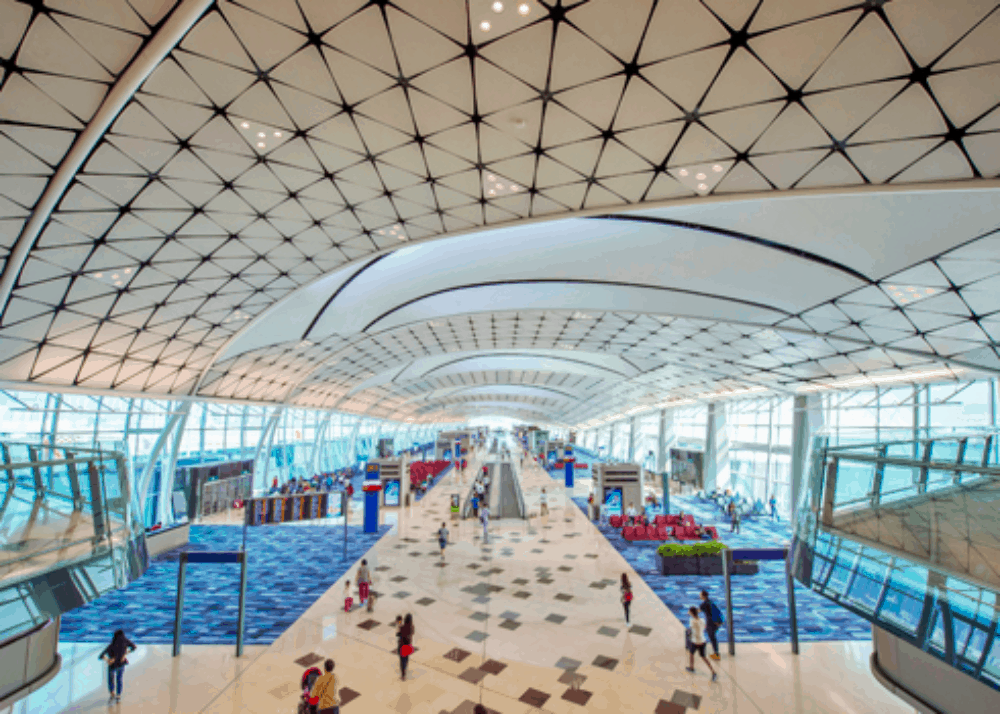Before being buffeted by both the 2019 pro-democracy protests and this year's travel downturn, Hong Kong International Airport was a major Asian aviation hub. Hundreds of flights arrived and departed each day. The airport had a well-deserved reputation for fast and easy access into China and around Asia.
Things are a little bit quieter at Hong Kong International Airport these days. But the airport is still open, and many airlines continue to fly in. Since the beginning of June, transit passengers have once again begun to move through the airport. It's a carefully managed process, and noodle fuelled lounge hopping is no longer on. If you are soon to make a connection at Hong Kong International Airport, here's what you need to know.
Stay informed: Sign up for our daily aviation news digest.
Some passengers will need a letter certifying their COVID-19 status
Firstly, passengers on Hong Kong-bound flights from certain countries will need a letter or certificate from a laboratory or healthcare institution indicating the passenger is COVID-19 negative. That test needs to be within 72 hours of flying. The rule applies to passengers coming in from Bangladesh, India, Indonesia, Nepal, Pakistan, the Philippines, South Africa, Kazakhstan, and the United States.
Secondly, while in the terminal at Hong Kong, you will need to wear a face mask. Passengers should bring their own.
A well-designed airport makes connections easy
Hong Kong International Airport has two terminals, terminal one and terminal two. Most flights arrive and depart from terminal one. Cathay Pacific, Delta Air Lines, United Airlines, Air Canada, and British Airways all use terminal one.
Either way, it's not a big deal. There is a convenient central access way and covered walkways at each end between Terminal one and Terminal two. It's just a few minutes' walk.
Connecting passengers will fall into one of two groups. You'll either have an onward flight boarding pass or you won't.
Normally, if you have an onward flight boarding pass, you simply follow the signage to the departures level for boarding gates, shops, lounges, and bars.
Typically, if you have a few hours to kill, Hong Kong International Airport is one of the world's better airports to waste some time in.
COVID-19 sees a new regime for connecting passengers at Hong Kong
But when the airport began allowing connecting traffic again in June, the connection good times were temporarily halted. As previously reported in Simple Flying, the following rules now apply;
- Connecting passengers must go directly to the boarding gates for their connecting flights immediately;
- Connecting passengers will receive stickers at transfer points for identification purposes;
- Passengers have to keep a safe physical distance of at least 1.5m from each other when standing in queues;
- Alcohol-based hand rub dispensers and sanitizing floor mats are available at each arrival gate and throughout the entire terminal;
- There are protective screens put in place at service counters, including airline check-in counters and Customer Services Centres; and
- Connecting passengers may dine at designated areas.
If you don't have an onward flight boarding pass, you'll need to see airline staff in the designated connection area to pick your new boarding pass up.
How long will you need to allow for a connection in Hong Kong? These days, with things so quiet, you could probably safely do it in one hour. The cautious traveler may prefer to factor in 90 minutes.
COVID-19 has seen connecting in Hong Kong become a pretty austere experience. Passengers in the designation connection zone will have access to a limited number of food and beverage options, free WiFi, toilets, and airline staff. But it is no longer the kind of place you'd happily make a lengthy connection in. Even if you are lounge eligible, transit passengers cannot access them. Most are closed anyway.
Longer connection times but more to do in the pre-COVID era
In better times, when Hong Kong International Airport was heaving, you could still make a relatively fast connection. But things can slow you down - queues, children, luggage, flight delays. They are all part of the usual hourly burly of flying experienced travelers factor in.
Previously, it was no real pain to spend some time at the airport in Hong Kong. There are over 50 shops at the airport, 60 restaurants, and multiple bars.
But the best part of connecting in Hong Kong was the lounges. The airport has a lot of excellent lounges. Right now, most of them are closed. Cathay Pacific has temporarily closed four of its five Hong Kong lounges. Only The Wing in terminal one near gate one is open.
There were some other very good lounges in Hong Kong. The Qantas lounge outpost was excellent. The Singapore Airlines lounge was good. American Express had a Centurion Lounge near Gate 60. There were lots of options, something like 16 lounges when the airport was in full swing.
Even if you were flying in on an airline you didn't have status on, or we're seated up the back, Hong Kong offered a lot of pay-to-use lounge options. Alternatively, you could break out your Priority Pass or DragonPass membership card.
Except for The Wing and the Plaza Premium East Lounge, all the lounges are now temporarily closed.
Quiet times at Hong Kong Airport
While Hong Kong International Airport remains open for business, it is a shadow of its former self. Part of the pleasure of connecting there was the energy and momentum of the crowds around you, the choice of things to do, and the way everything worked.
A quieter airport makes for easier connections. That's good in one way. But with the vibe gone, most things closed, and connecting passengers corralled into transit areas, it's become a joyless affair.
How long it is until Hong Kong and its airport gets back to business, and the buzz returns is anyone's guess.

